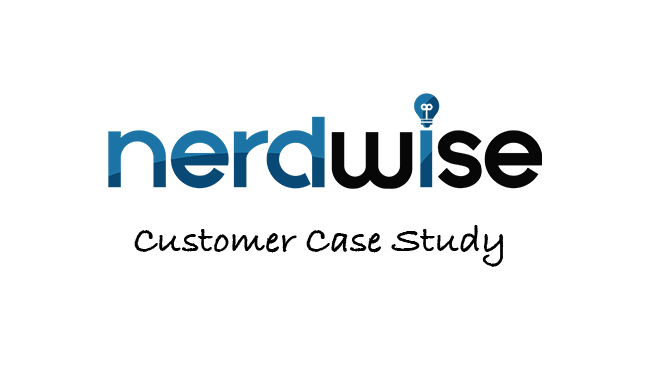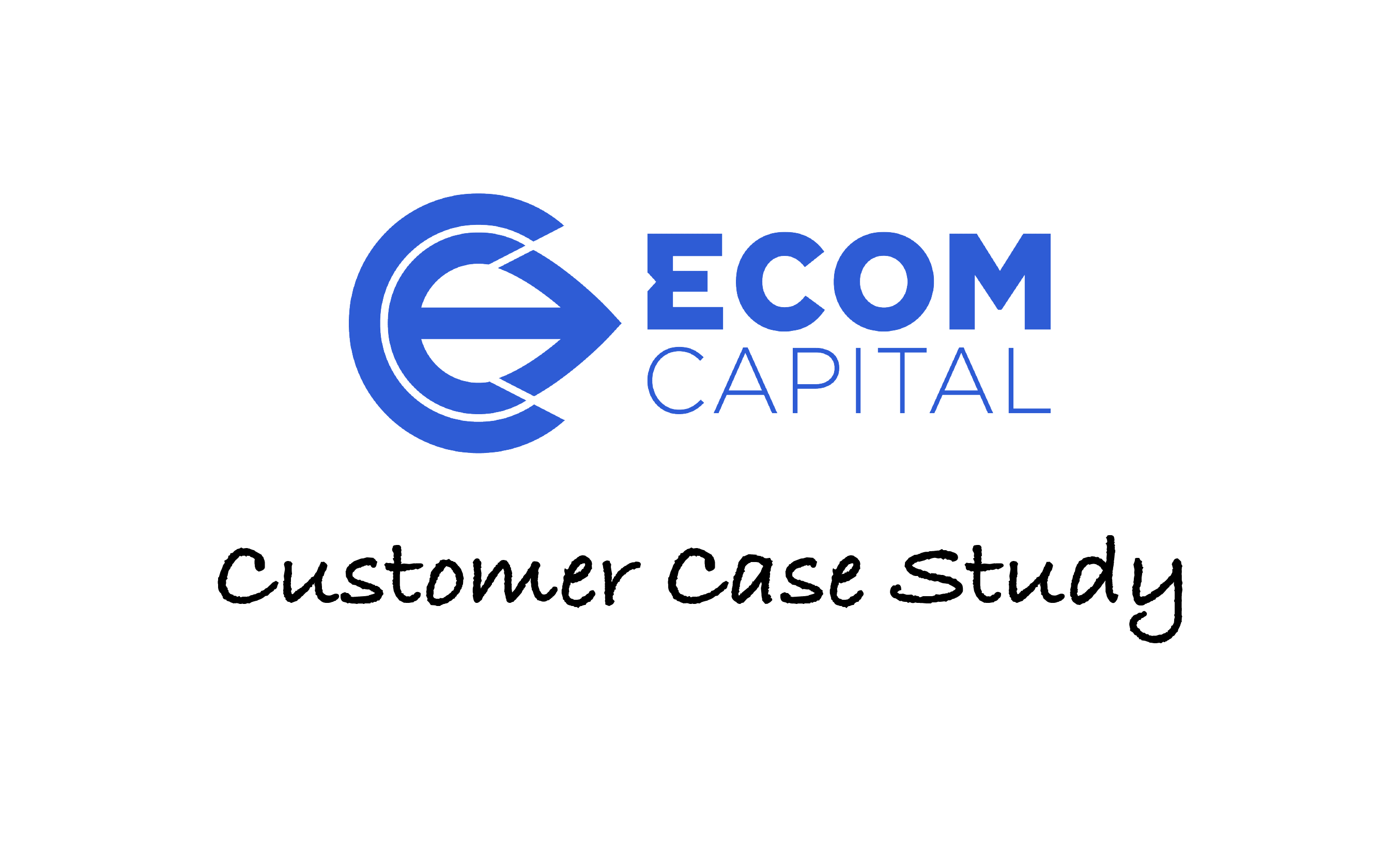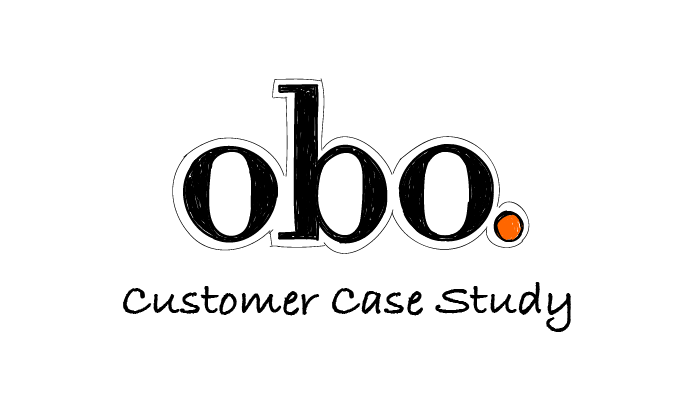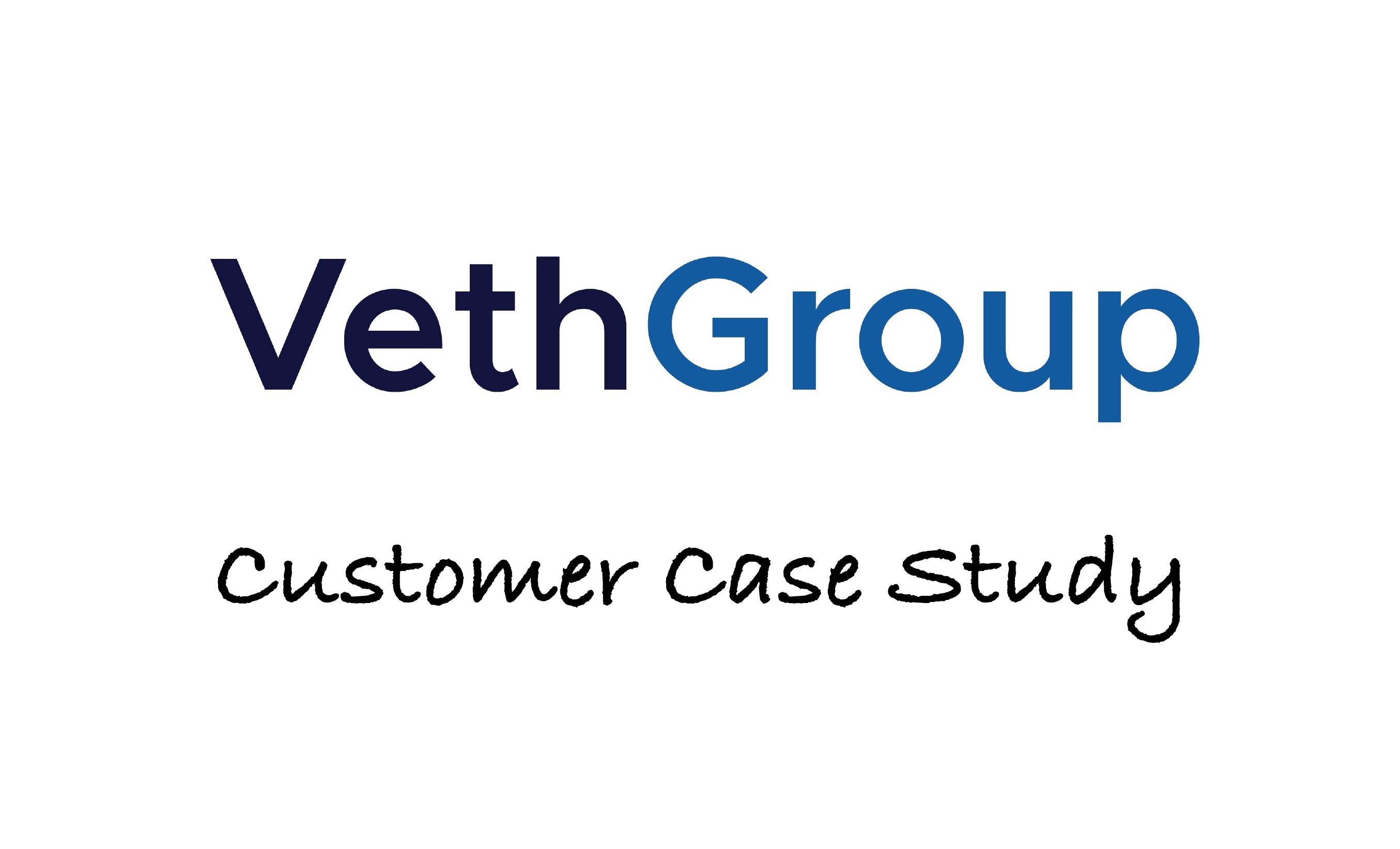One of the perks of being a content writer is that I get to talk to professionals who are experts in their fields.
Last week I had an insightful conversation with Miles Veth, CEO of Veth Group, one of Woodpecker’s partners.
We dug deep into their process of creating effective cold emails, the results the agency gets for their clients, and how Woodpecker fits into their daily workflow.
So let’s cut to the chase — who is Veth Group?
About Veth Group
Veth Group specializes in growing the outbound and inbound demand for their b2b clients’ offerings. They mix empathy, creativity, technology, and analytics to determine the highest ROI messages and mediums for business growth.
They are based in the US.
How do you approach demand testing & generation?
We see the space of demand generation as being very fluid.
In any given market there are different variables, and they change for each company.
If you’re using an automation tool like Woodpecker to email 3,000 people 8 times, to then go back the next week and do it 8 times again, it might work less effectively than asking them to be on a podcast or running a Facebook ad at them, or posting on LinkedIn and tagging them.
So what we’re trying to do in demand testing is figure out what the different levers that drive new business are, and how we can pull on those levers and coordinate them over time so someone ends up making a lot of money off it.
What were your best results so far?
The best one we had recently was when a client paid us about $20,000 to generate a $450,000 deal.
In terms of appointments, in some cases with Woodpecker we’ve gotten over 150 in a given month for a client for half the cost of an SDR.
That’s the high water mark. On average we’re trying to get about 20 appointments a month for a few thousands of dollars per month, so half the cost of an SDR.
And this depends. Some markets are much harder than others, the deals are different, but in general that’s been our sweet spot.
And what are your best open and reply rates?
About 65% open rates for campaigns at scale, and the highest reply rate I’ve seen recently was 27%.
What’s your follow-up strategy?
I usually do 4-5 email sequences with 3 days apart in between them. It depends, but usually I’ll see the most of the responses with the first 3 emails, and #4 and #5 taper off a little.
I like your creative approach to writing emails. What’s your process to craft messages?
The biggest thing is to figure out what’s already in all of our heads.
Many times people try to create attention for their brand or for a concept that’s not already in our heads.
I might come up with a new word for my product, like “email digitization”. Then I’m trying to create lots of attention about email digitization. But the thing is, no one’s ever heard of it.
If we were to instead talk about Star Wars’ Mandalorian, everyone already knows what baby Yoda looks like. So I’d much rather talk about Yoda and tie it to email digitization than just start from scratch.
Whether it’s poetry or music, or ice cream, or books, or celebrities, I’m much more fascinated with how you can take advantage of what’s already embedded in our minds and link to it so it creates an analogy.
Imagine if I were to target only females who know what EOS chapstick is. I could say “just like using EOS chapstick is one of the best feelings in the world, an even better feeling would be 85 appointments coming in for you”. And then I’m tying the analogy of you already knowing what it is to how I can help in a visceral way.
I think this is a lot more effective than the business jargon most people are using.
What kind of data do you use to build these analogies?
So if I were to do this for Woodpecker, I’d ask myself two questions.
What am I moving someone towards with Woodpecker?
More time, more appointments, more revenue, more simplicity, making them look good in front of their boss.
What am I moving them away from?
Manually sending from spreadsheets, having a hard time tracking blacklists — and then I would think of an analogy.
You guys are in Poland, so I’d say “Just like Lewandowski can glide up the field faster than anyone, we can glide in and out of people’s inboxes even faster. Would you want to learn how?”. The secret is simplicity. That’s how you get to the core concept.
I’m always looking for the analogy with your attention.
I’ll give you a story. I was at a baby shower a couple weeks ago and a stranger I’d never met asked what I do, and after I explained, he said, “Recently I got this amazing email about offering a steak lunch from a local restaurant”. He started telling me all about it, and he didn’t even know it was our company.
The bottom line is that people will still remember it if you mention the soccer player and the Mandalorian 3 or 4 days later, whereas most emails are just bland and boring.
So it’s the well-written and creative emails that win.
Yeah, exactly. And that’s where a lot of people say “That would never work in our industry”, and then they close that $450,000 deal, and they see it does work.
We’ve been using other channels, like podcast interviewing and LinkedIn brand, to support what we do with you guys at Woodpecker, but we’ve been super impressed with your platform and how well it works.
We set up about a 1,000 appointments a month with Woodpecker, so it’s pretty amazing what you do for us.
Which features are the most useful for your agency?
One of the great things about Woodpecker is that it lets you pull all your customers in one central place for billing, and everything to do with account logistics, which has really streamlined our experience for our clients.
You’ve built something very similar to an actual email inbox, and it’s got lots of functionality, but at the same time is simple.
It really is just phenomenal how you’ve mixed simplicity and functionality.
Which Woodpecker feature is your favorite?
You guys do an amazing job with customization, split testing and threading emails.
The analytics you give and how it can be streamlined with tools like Zapier right back to a client’s inbox is amazing.
What’s your biggest challenge right now?
Operationalizing the creative process as we scale.
We’re about 11 people now, about double the size that we were even 3 months ago. We’ve grown really quickly, very much thanks to you guys.
***
What do you think about this creative approach to writing cold emails? Do you think it would work for you? Feel free to let us know at [email protected].
On a different note, if you’re interested in how Woodpecker Agency works, go here for details.
READ ALSO

Customer Case Study: How Nerdwise Helps Their Customers Drive Sales with Woodpecker
This time I’ve talked to Patrick Baynes, CEO & founder of Nerdwise - a digital agency with strong focus on lead generation, and one of Woodpecker’s partners.

How Ecom Capital Sells Their Premium Service with Woodpecker
Getting more customers than you can help at one time is a problem many of us would like to face. Well, in the case of Ecom Capital, an e-commerce growth business, that’s exactly what happened when they started using cold email for lead generation.

Customer Case Study: How OBO Agency Uses Email Automation to Triple Their Clients’ Pipelines
Two weeks ago, I wrote here about the 65 interviews we've carried out among our customers. Today I want you to meet one of them. Doug Puccetti, Business Solutions Analyst at OBO Agency, has told me the story of how they found Woodpecker, fell in love with our agency panel, and became one of our most successful users. Read on to find out how they've managed to triple their clients pipelines using Woodpecker for email automation.

